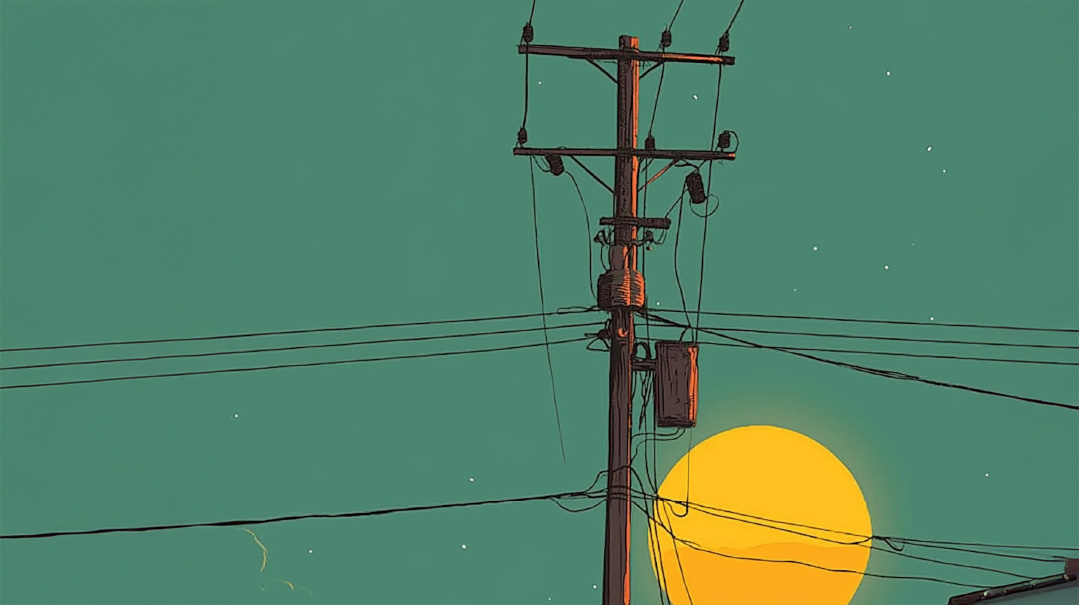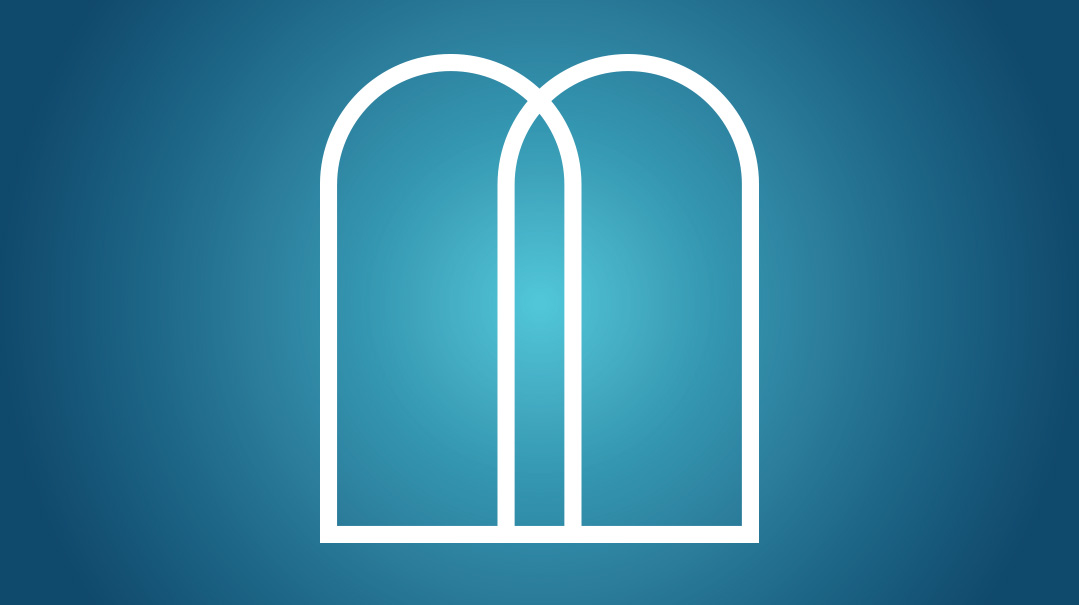What a Wedding!

Mazel tov! The joyous laws of weddings

Prepared for print by Faigy Peritzman
I always get emotional at badekens, more so than at chuppahs. But recently I was at a wedding where there was no badeken. I had no idea this was optional. Can you explain the minhag of badeken?
The badeken ceremony is an ancient custom practiced among Ashkenazi couples for centuries. However, it is not widely practiced among Sephardim. Even among the Ashkenazim, it’s generally not practiced for second marriages. While the original source for this custom is unknown, and the exact reasons behind it are unclear, there are several possible explanations suggested by the poskim: 1) The kallah’s face is covered as a form of modesty. 2) The kallah’s face is covered as a symbolic indication that she’s willing to accept whatever the chassan will be giving her for the kiddushin without evaluating its actual worth (as long as it’s worth more than a perutah). 3) It’s a form of a chuppah, as it serves as one of the methods through which the chassan acquires the kallah as a wife.
My first son just got married, and while standing with my mechuteneste ready to break the plate for the tenaim, I felt a little silly when I realized I have no idea what this signifies and what my role is in this ceremony.
The tenaim is a legal document that certifies that the parties have come to a mutual agreement to get married and that all the financial obligations between them have been met to everyone’s satisfaction. Since it’s only after the tenaim is signed that the engagement becomes legally binding, it’s traditional that an earthenware plate is broken at the time, to commemorate Churban Yerushalayim. Your role is to hold the plate together with your mechuteneste, and then break the plate at the conclusion of the reading of the tenaim.
I often wash at the seudas mitzvah of a chasunah but can’t stay until the end for sheva brachos. Is this a problem?
Some (but not all) poskim maintain that sheva brachos is an obligation for all those who partake of a meal together with a chassan and a kallah, and that the obligation commences as soon as the meal has begun. According to this view, it would be forbidden for those who washed for hamotzi and partook in the meal to leave before Bircas Hamazon and sheva brachos take place. To satisfy this opinion, one should state explicitly before washing that he does not want to join the other guests in Bircas Hamazon, which means that he will not incur the obligation of sheva brachos. If he then changes his mind and wants to stay until the end of the meal, he may do so and join in the zimun and the sheva brachos. If one forgets to make the above stipulation, he may still leave, provided that he finishes the meal before the other guests. This option should be exercised only in a case of great necessity or possible monetary loss.
My parents are divorced, but I really want both my mother and father to walk me down to the chuppah. Is this permitted?
Only a married couple, a father together with his daughter, or a son with his mother, may be the ones who walk a chassan and kallah down to the chuppah. Under extenuating circumstances, a rav should be consulted.
I recently went to a chasunah but mistimed my arrival and came immediately after the chuppah. I stayed for a while but finally had to go home to my kids, and the chassan and kallah still hadn’t come out of the yichud room. Have I fulfilled the mitzvah of simchas chassan v’kallah?
It’s a mitzvah to rejoice with the bride and groom at their wedding. Everybody in attendance is obligated to do so and may discharge their obligation in a number of ways: Dance and sing along; recite one of the sheva brachos under the chuppah or in Bircas Hamazon; praise the groom to the bride or vice-versa; engage the bride or groom in small talk about the happiness of the occasion; give a gift. A dignitary discharges his obligation merely by being present.
I’m a newlywed and I had my kesubah framed to hang in my dining room. However, my brother told me this is frowned upon. Furthermore, he said my husband should not even know where I keep my kesubah. Is he correct?
This is a matter of personal taste — some people display their kesubah for everyone to see while others feel that it’s a personal document not to be shared with others. Contrary to popular misconception, your husband is permitted to know where your kesubah is kept.
(Originally featured in Family First, Issue 742)
Oops! We could not locate your form.





